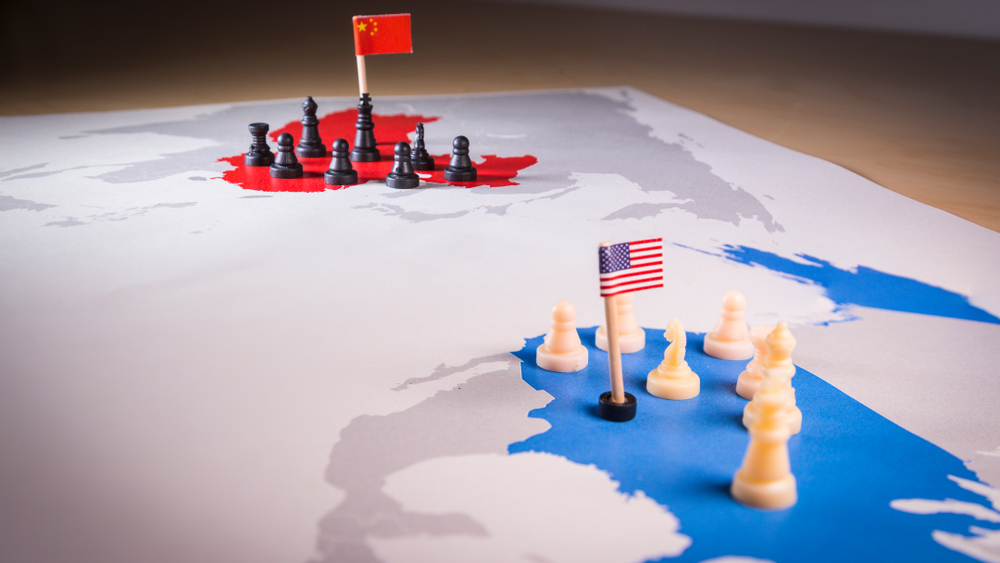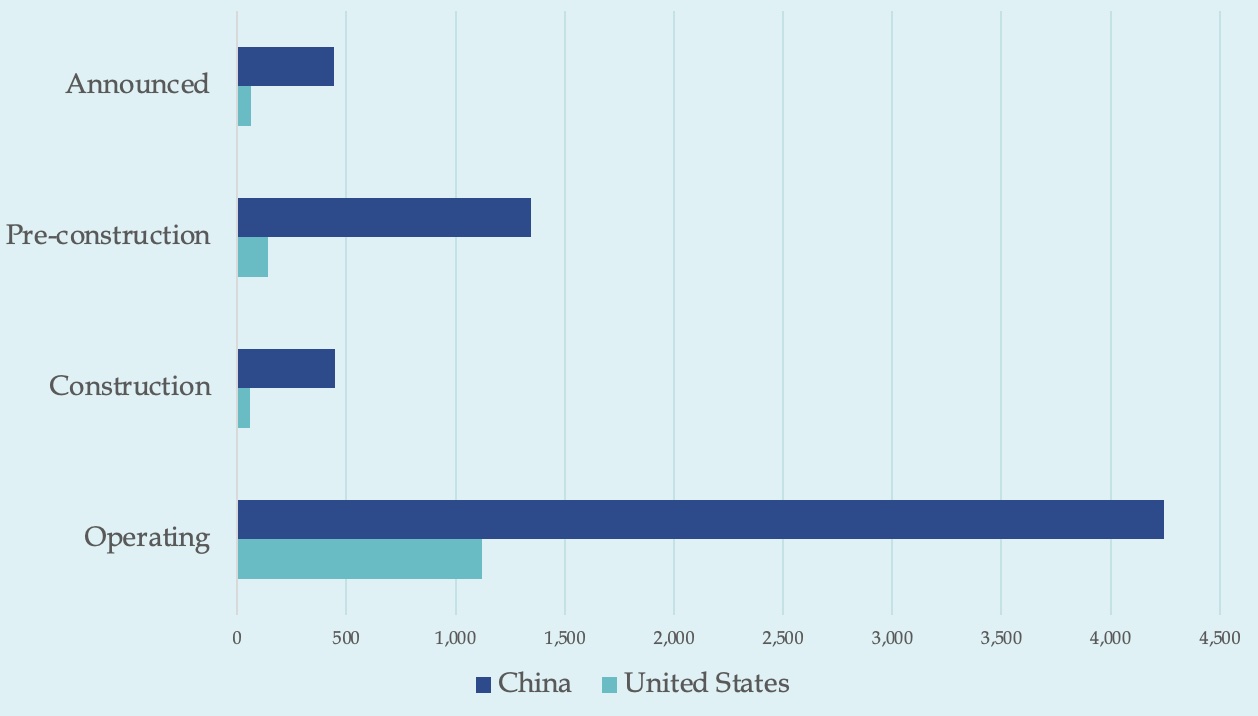
COP28: Beijing and Washington’s arms race on renewables
The economic rivalry between Washington and Beijing will shape the next decade of renewable energy, Net Zero Investor takes a closer look at the key elements of their stimulus programmes
On November 15, Chinese President Xi Jinping met President Biden in California. Their meeting has been hailed for its cooperative tone. President Xi seemed convinced that competition and rivalry is wasteful. “The world is big enough to accommodate both countries”, he asserted.
Yet, the mist of a bitter economic rivalry remained unmistakable. The White House says the President “emphasised that the United States and China are in competition”.
President Xi did too. “There are two options”, he said, “one is to enhance solidarity and cooperation, join hands to meet global challenges and promote global security and prosperity; and the other is to cling to the zero-sum mentality”.
In other words - cooperation might be a necessity; competition is a choice.
Their rivalry will shape the future of renewable energy. America’s decision to deploy the largest green industrial policy in its history is set within the context of China’s dominance over technologies and critical minerals that renewable energy depends on.
Game on in renewables
While their leaders took the spotlight, American and Chinese climate envoys reached a consequential agreement on renewables. The “Sunnylands Statement” they called it.
Most importantly, they agreed that global renewable energy capacity needs to triple by 2030. They agreed to “intend to sufficiently accelerate renewable energy deployment in their respective economies through 2030 from 2020 levels”.
Game on - in legalese.
The IRA and catch-up economics
As with any rivalry of significance, both parties are aware of the other’s arsenal and equip their own accordingly. The most significant arrow in the American quiver is the Inflation Reduction Act (IRA).
The IRA was passed in August 2022 and is widely considered the most extensive green industrial policy in American history. The idea behind it is to offer incentives that make a particular economic activity more profitable – in America.
Consequently, if a company engages in that particular activity, cetris paribus, either (a) the revenue expectations are higher or (b) the company’s costs of production are lower. Either way, the company will make higher profits. If profits in a company or industry increase, theory dictates that investors will allocate more capital towards that industry.
The IRA is a $370 billion market signal. If industries beyond clean energy are included, that goes up to nearly $400 bn.
Officially, the goal of the IRA is “securing America’s position as a world leader in domestic clean energy manufacturing and supply chains”. It does so through tax credits, local content requirements, loan guarantees, direct loans and grants.
Over the next 10 years, the IRA will lead to 48% more solar deployment than would otherwise be expected under a no-IRA scenario
IRA in action
America’s quest for renewable energy passes through wind and solar energy. Currently, renewable energy accounts for 21% of power generation, with wind and solar energy leading the charge.
“The share of US power generation from renewables will increase [from current levels] to 44% in 2050. This increase in renewable energy mainly consists of new wind and solar power”, the government says. The IRA targets both.
Consider the case of solar energy in the US. In 2022 solar and storage companies invested over $100 billion in the industry. IRA played a key role.
“Over the next 10 years, the IRA will lead to 48% more solar deployment than would otherwise be expected under a no-IRA scenario”, says the Solar Energy Industry Association.
The IRA has two caveats. First, it is far from immune to political change. It is fundamentally Democrat in its identity – Republicans have been sceptical from the get-go. With elections round the corner, it is worth noting that the IRA sits on a very precarious political base.
Second, the IRA is a long play. Not all incentives are immediately available. Benefits are expected to be dispersed beyond 2026 in some cases. That means most of the economic consequences – industrial growth, capital allocation, job creation, capacity addition will take time to accrue.
Dancing with the dragon
When it comes to wind and solar energy – the two cornerstones of America’s green industrial policy, China’s role in global demand and supply is significant. Chinese firms control over 80% of the market in every stage of solar PV manufacturing. In wind energy, its installations outpace the US. The graph below shows wind farms by project phase in US and China. The difference is significant.

Interestingly, many of China’s largest wind and solar firms participate in global capital markets. Goldwind - China’s largest wind turbine manufacturer issued bonds worth $300 million back in 2015. It went public in 2010 and currently trades on the Hong Kong stock exchange.
By 2025, renewables were expected to account for 33% of Chinese electricity consumption. Now, the government believes that target will be exceeded.
“China is a clean energy powerhouse, accounting for around half of wind and solar additions and well over half of global EV sales in 2022”, says the International Energy Agency.
This leadership is not new. Even in 2013, China installed more renewable energy capacity than all of Europe and Asia-Pacific combined.
In 2015, China released the “Made in China 2025” plan. In it, China’s leaders identified what they called a “rare strategic opportunity” to seize global leadership and close the technological gap with its competitors. Renewable energy is at the top of the list of technologies the plan targets.
Its aims, objectives and language are erringly similar to the IRA.
The difference lies in implementation capacity. China has always been a planned economy – even though its structure has evolved. The country’s “five year plans” dictate which way the political wind blows (if it does so at all). Plans are backed by a well-oiled industrial policy machinery led by state-owned banks and large conglomerates.
China’s economic generals who operate this industrial policy machinery will be acutely aware of America’s ploy to catch up. They will take any cooperation promises with a hefty pinch of salt.




